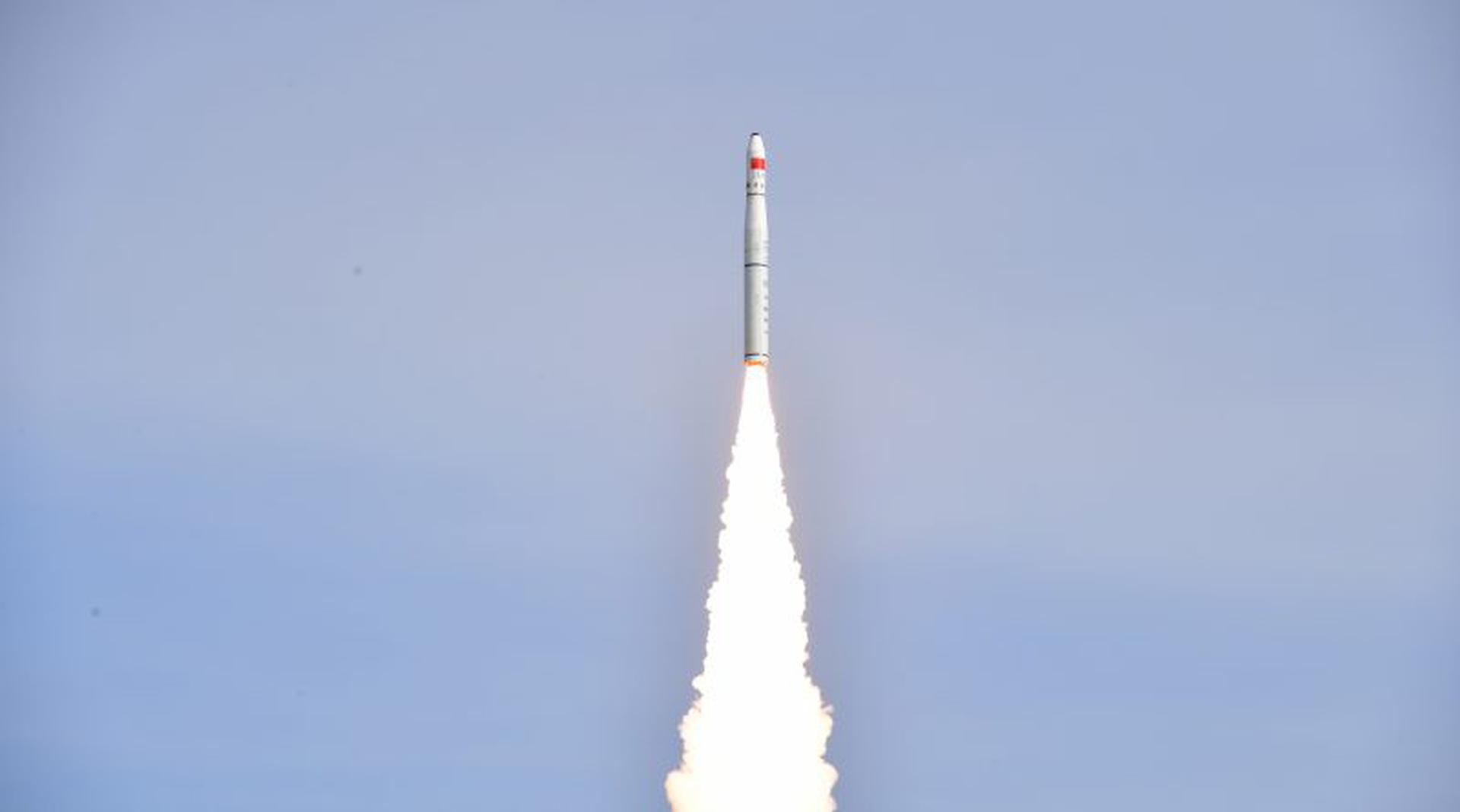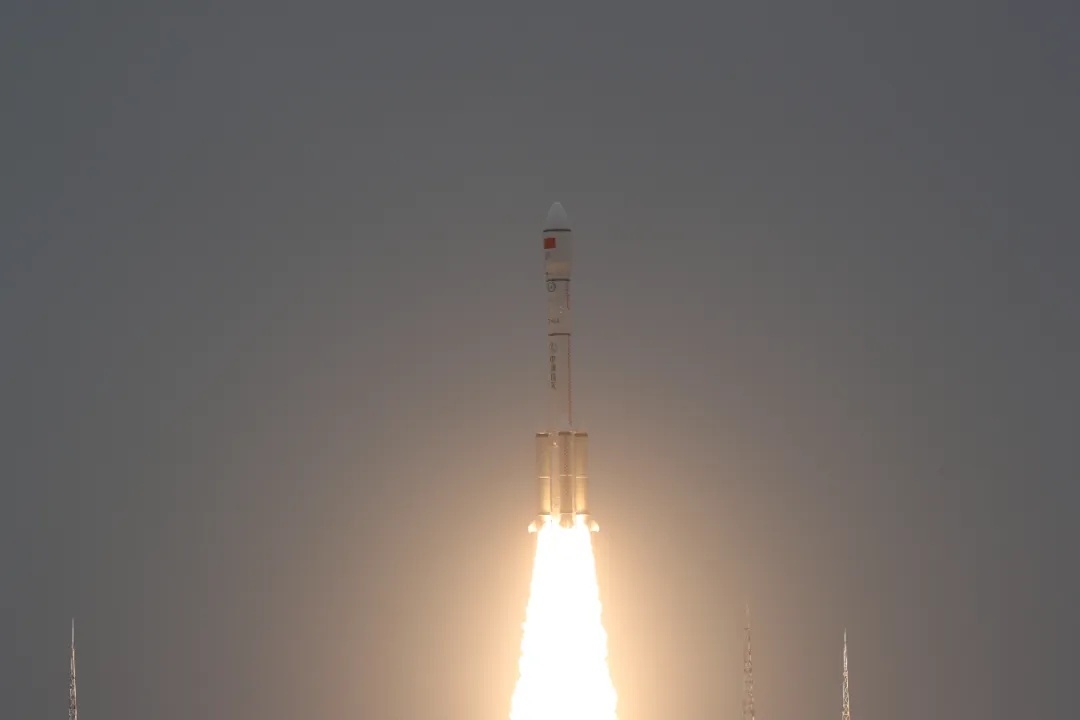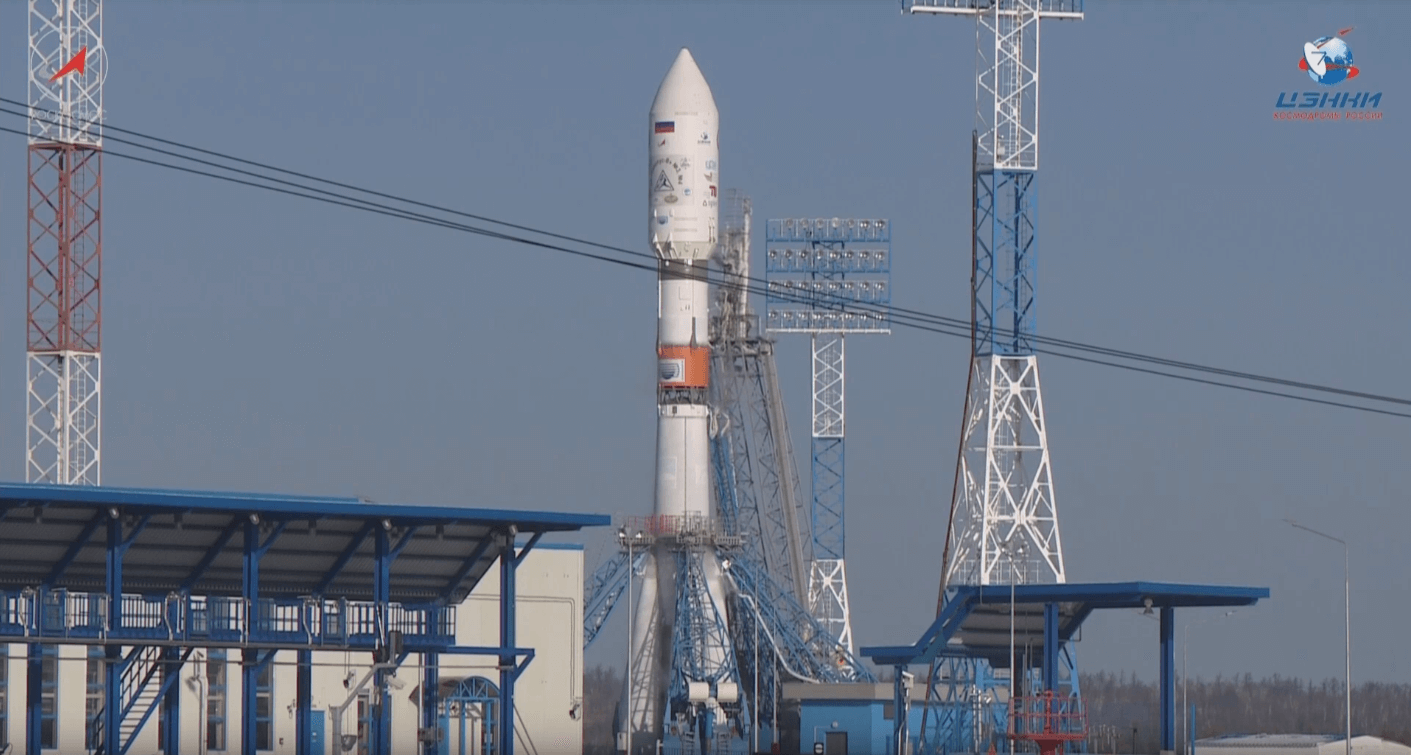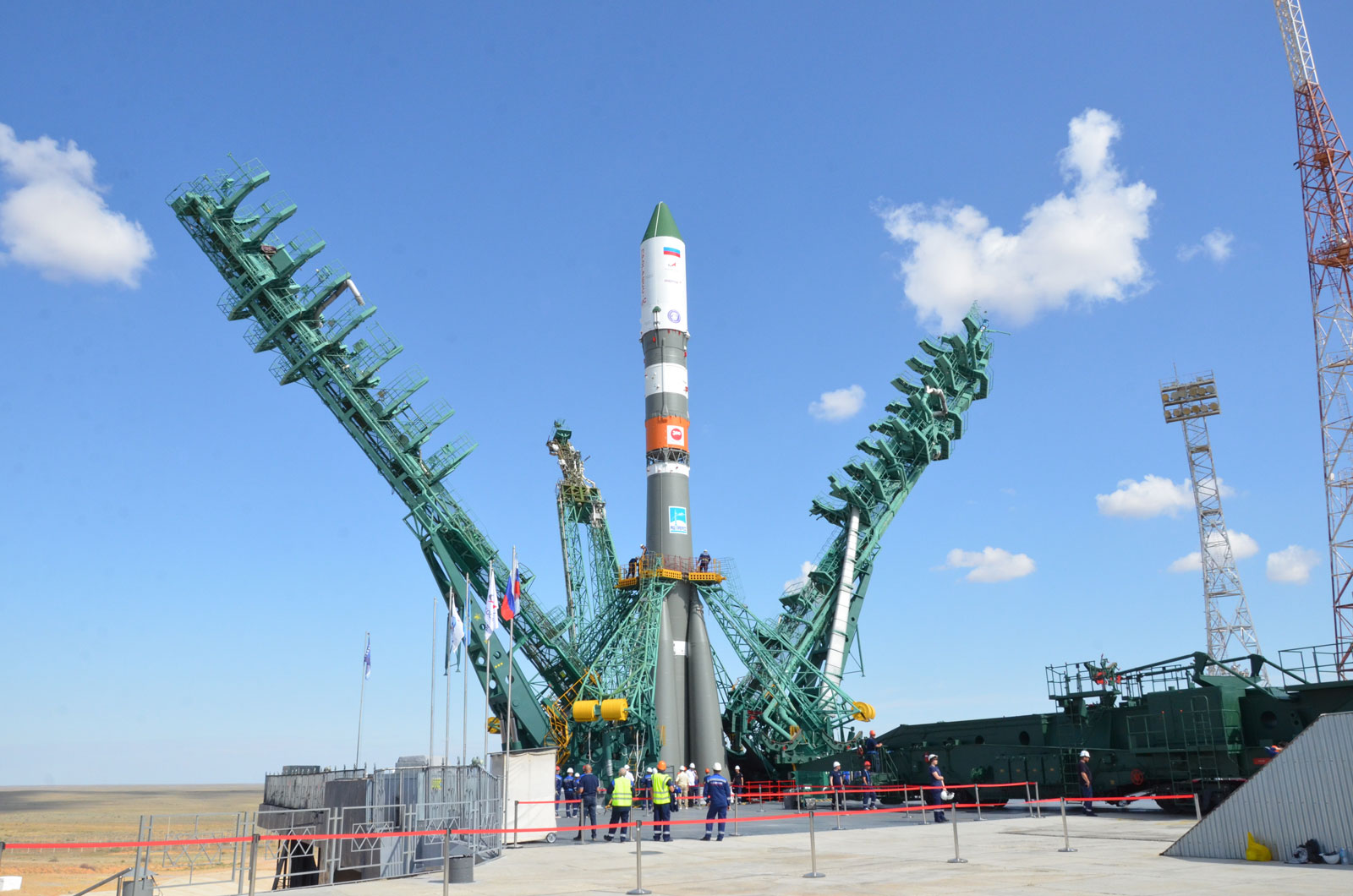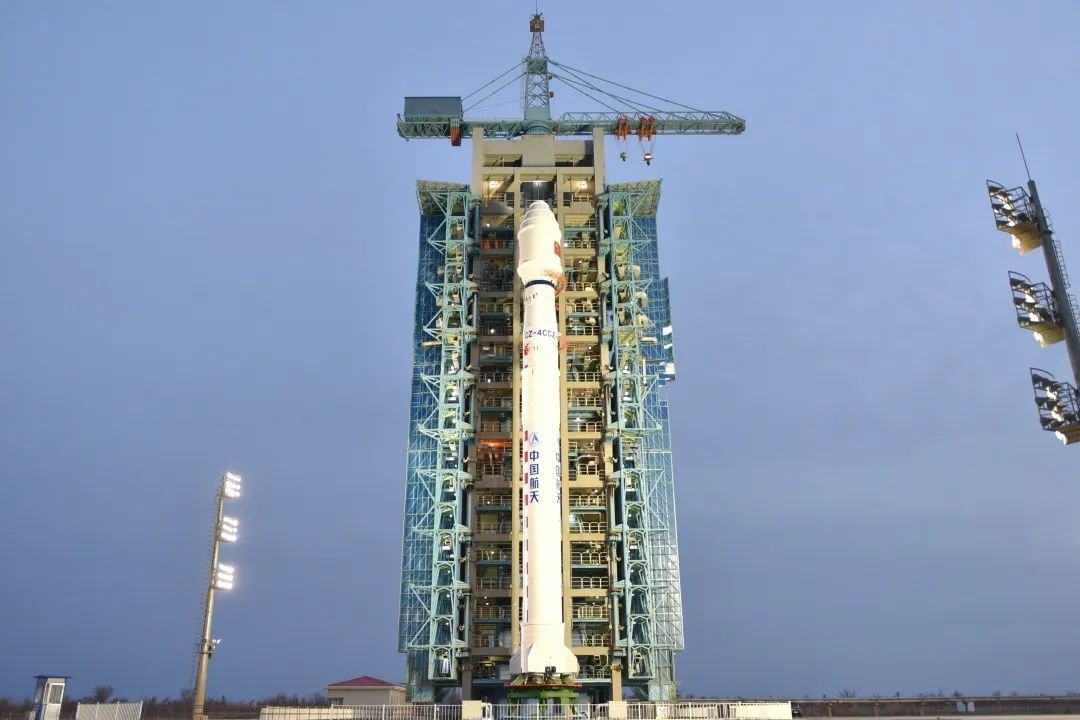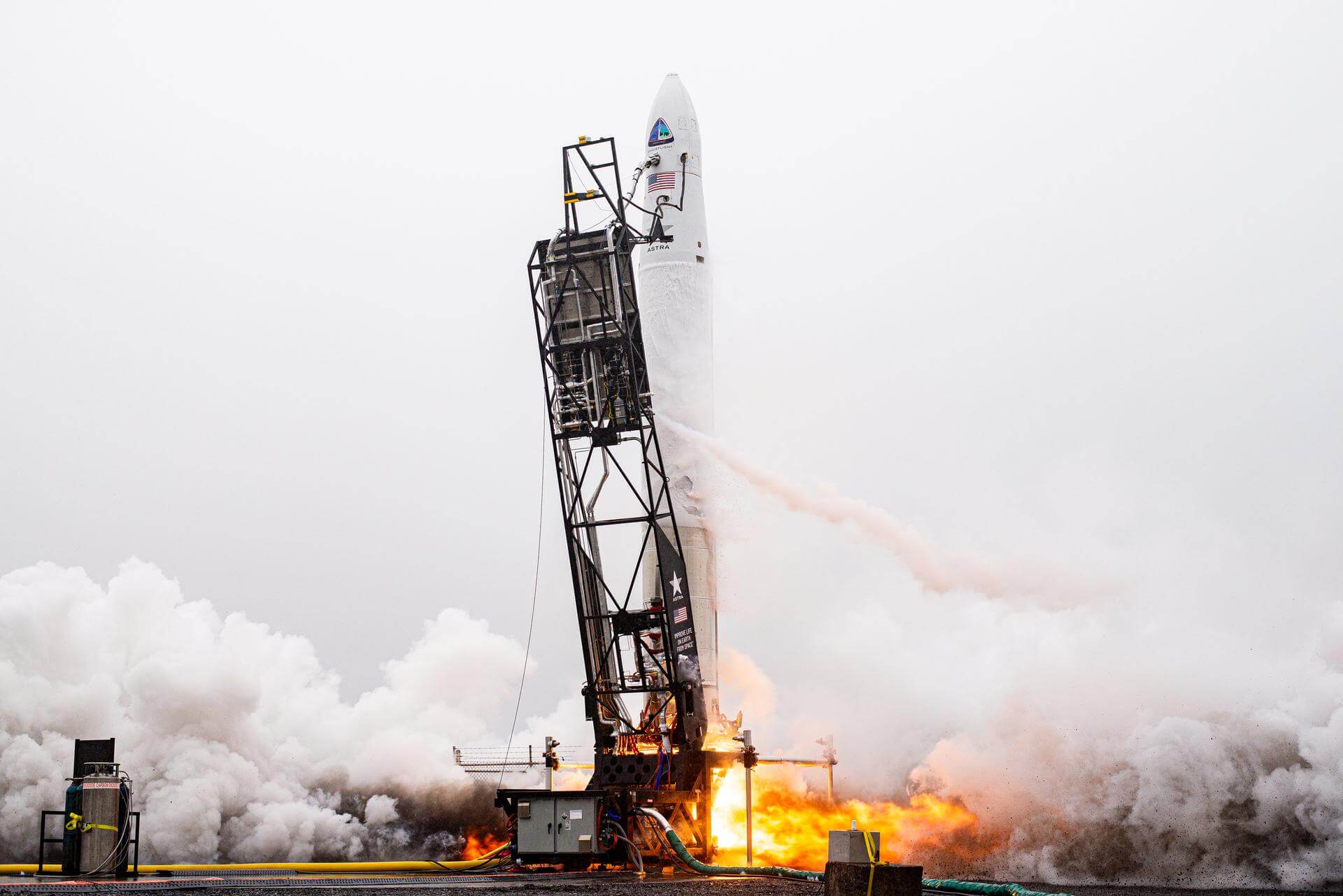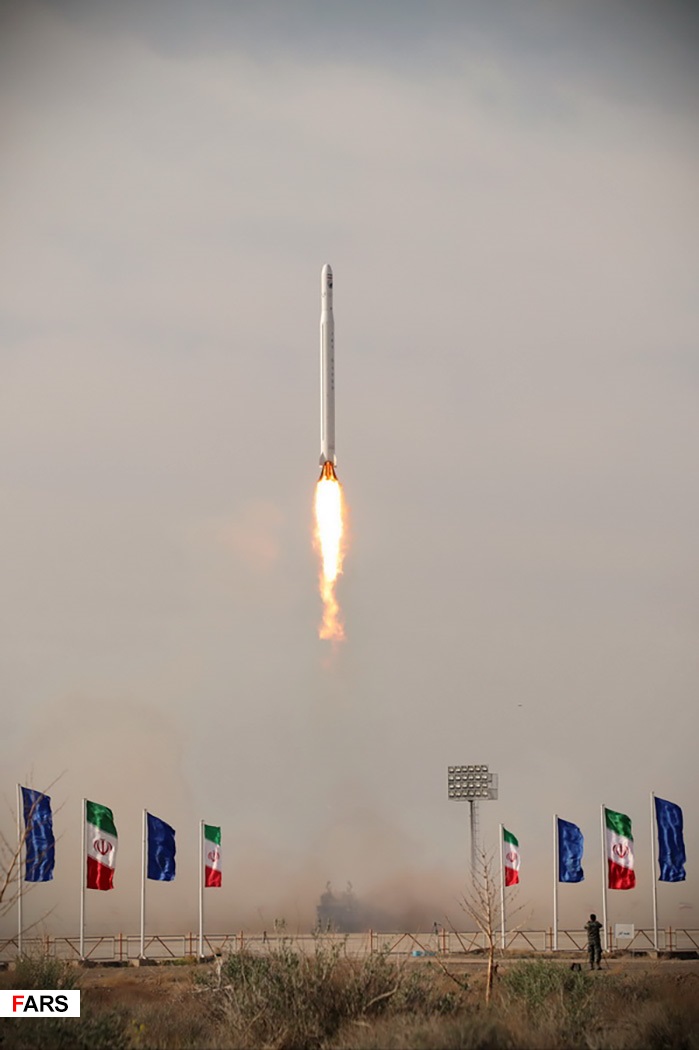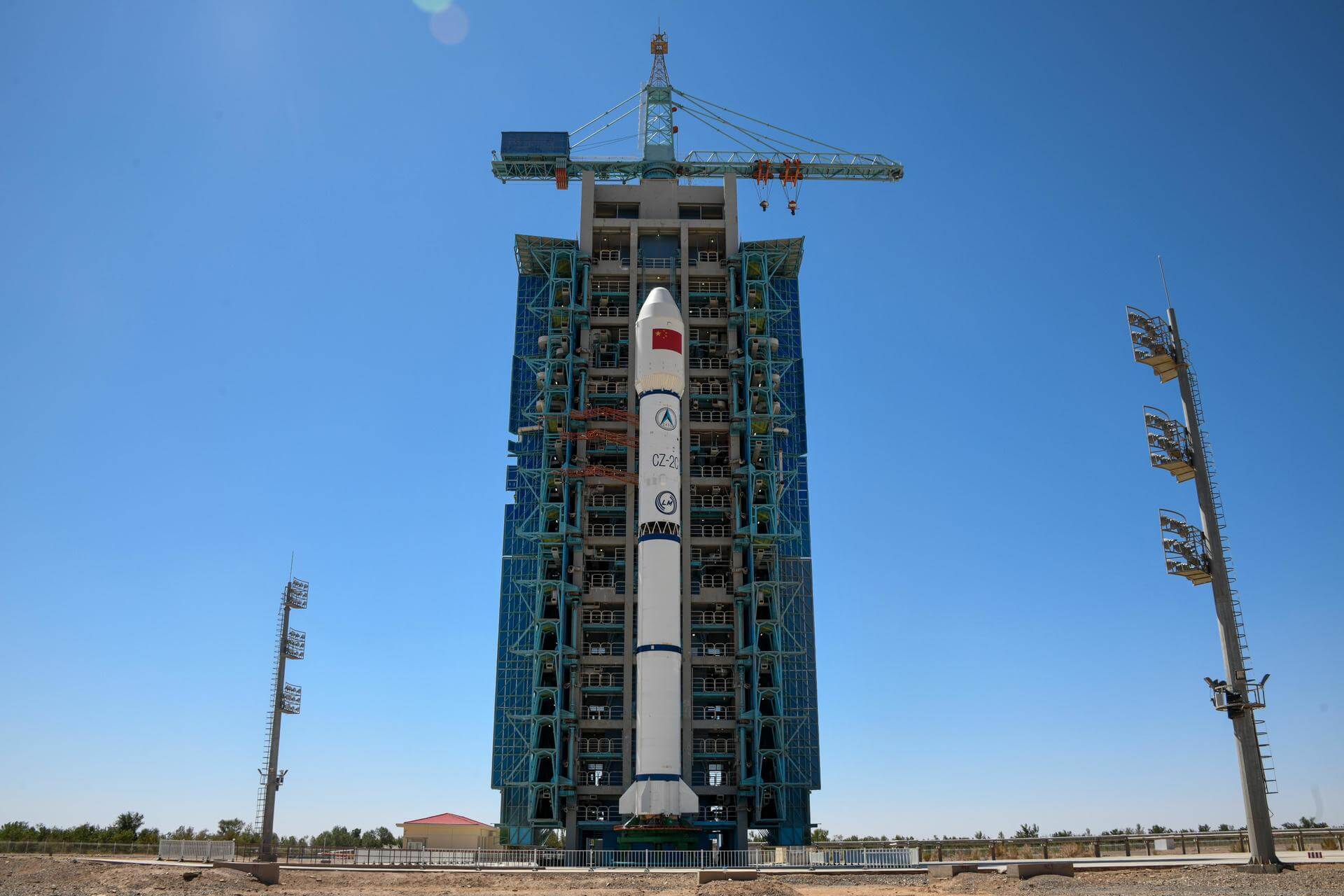Previous Spaceflight Launches
Filter by Agency, Locations or Vehicles
Show All LaunchesLong March 11 | Tianping-2 A/B/C
China Aerospace Science and Technology Corporation | ChinaJiuquan Satellite Launch Center, People's Republic of China
March 30, 2022, 2:29 a.m.
Status: Launch Successful
Mission:
The Tianping-2 A/B/C satellites were built by the China Aerospace Science and Industry Corporation (CASIC) and will be used as calibration targets for services such as atmospheric space environment study and orbital prediction model correction.
Sun-Synchronous OrbitLong March 6A | Demo Flight (Pujiang-2 & Tiankun-2)
China Aerospace Science and Technology Corporation | ChinaTaiyuan Satellite Launch Center, People's Republic of China
March 29, 2022, 9:50 a.m.
Status: Launch Successful
Mission:
First launch of the Long March 6A rocket. Pujiang 2 is a Chinese technology demonstration satellite. Tiankun-2 is a satellite developed by CASIC, which is a technology demonstration mission to test out their new small satellite bus.
Sun-Synchronous OrbitSoyuz 2.1a/Fregat-M | Meridian-M No.20L
Progress Rocket Space Center | RussiaPlesetsk Cosmodrome, Russian Federation
March 22, 2022, 12:48 p.m.
Falcon 9 Block 5 | Starlink Group 4-12
SpaceX | United States of AmericaCape Canaveral SFS, FL, USA
March 19, 2022, 4:42 a.m.
Soyuz 2.1a | Soyuz MS-21
Progress Rocket Space Center | RussiaBaikonur Cosmodrome, Republic of Kazakhstan
March 18, 2022, 3:55 p.m.
Long March 4C | Yaogan 34-02
China Aerospace Science and Technology Corporation | ChinaJiuquan Satellite Launch Center, People's Republic of China
March 17, 2022, 7:09 a.m.
Astra Rocket 3 | Spaceflight Astra-1
Astra Space | United States of AmericaPacific Spaceport Complex, Alaska, USA
March 15, 2022, 4:22 p.m.
Status: Launch Successful
Mission:
S4 CROSSOVER is a technology demonstration mission to obtain flight heritage testing for a prototype payload host platform. It will test supporting future payloads, including a Globalstar transmitter and an Iridium transceiver, as well space environmental instruments to characterize the radiation and plasma densities to which the payloads will be exposed. S4 CROSSOVER is self powered and operates independently of the Astra second stage to which it is permanently attached. Re-manifested from SXRS-6 / Transporter-3, OreSat0 is a fully open source CubeSat satellite system built from scratch by students at Portland State University. Slated to be Oregon’s first satellite, the 1U CubeSat provides flight heritage for the modular, expandable, open source, and education-friendly OreSat bus. OreSat0 paves the way for OreSat, a NASA CSLI program 2U CubeSat with a global climate science and STEM outreach mission.
Sun-Synchronous OrbitFalcon 9 Block 5 | Starlink Group 4-10
SpaceX | United States of AmericaCape Canaveral SFS, FL, USA
March 9, 2022, 1:45 p.m.
Qased | Noor-2
Islamic Revolutionary Guard Corps Aerospace Force | IranShahrud Missile Test Site, Islamic Republic of Iran
March 8, 2022, 5:06 a.m.
Long March 2C | Yinhe-1 (x6)
China Aerospace Science and Technology Corporation | ChinaXichang Satellite Launch Center, People's Republic of China
March 5, 2022, 6:01 a.m.
Status: Launch Successful
Mission:
The first flight dedicated to the launch of the Internet constellation of GalaxySpace, a private company, planning the total deployment of more than 1000 satellites in earth orbit. The satellites broadcast in 5G, with a capacity of 10 Gb.
Low Earth Orbit